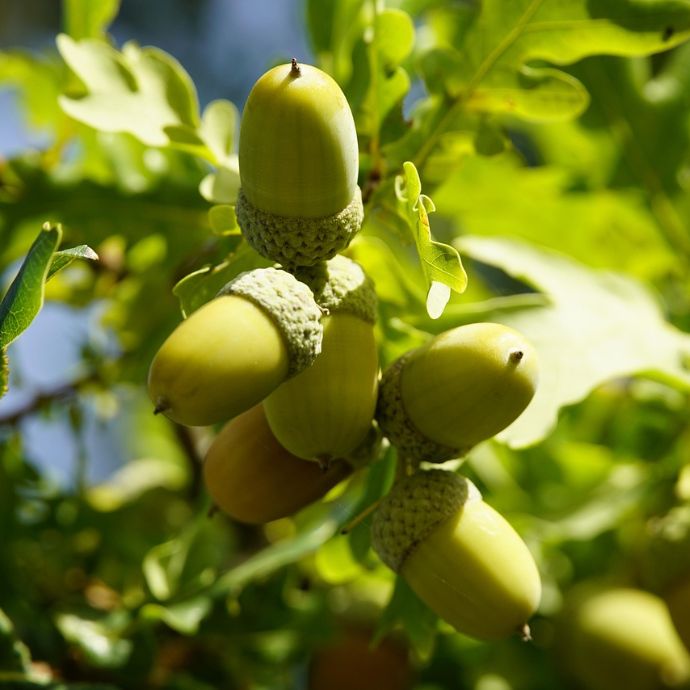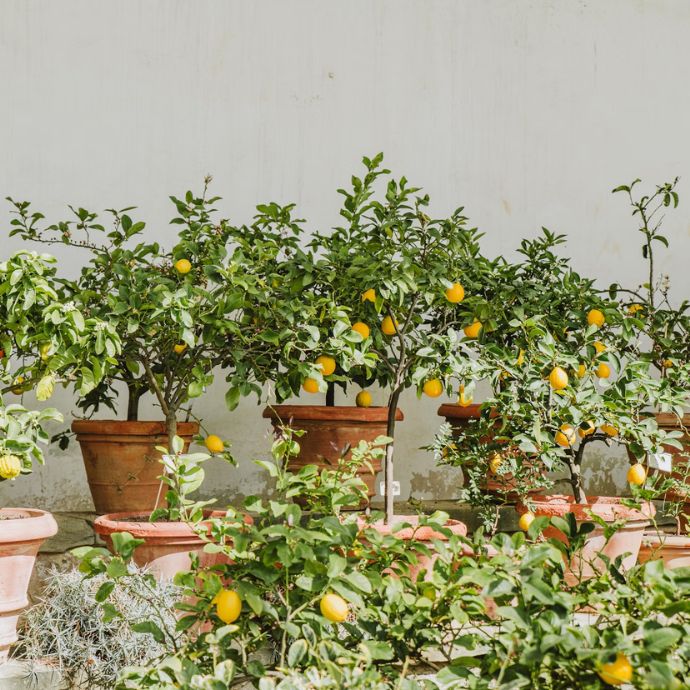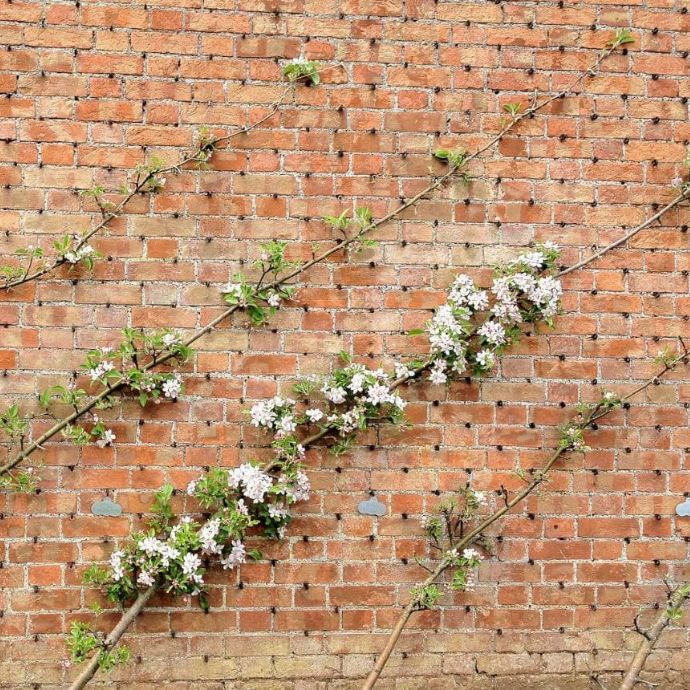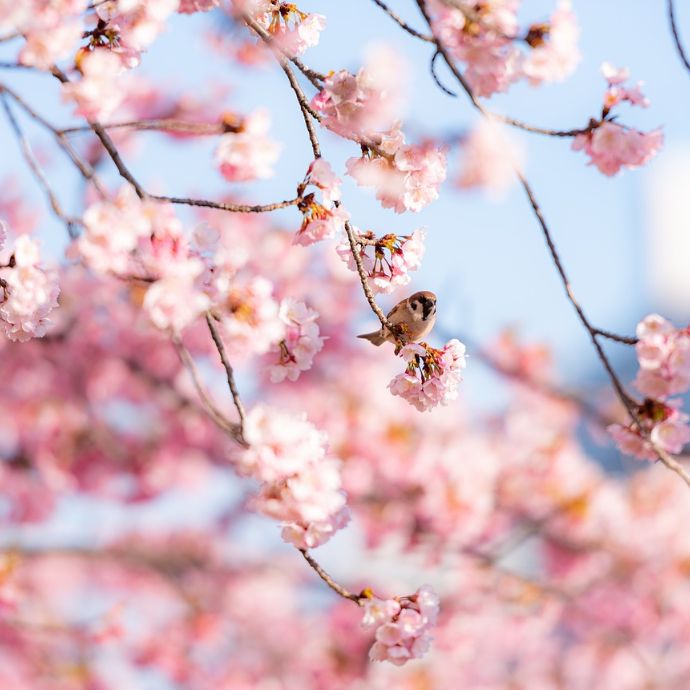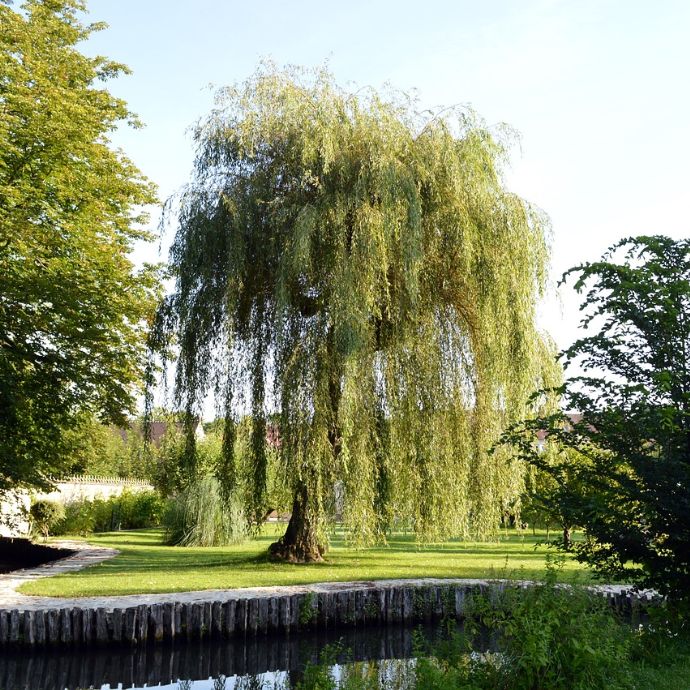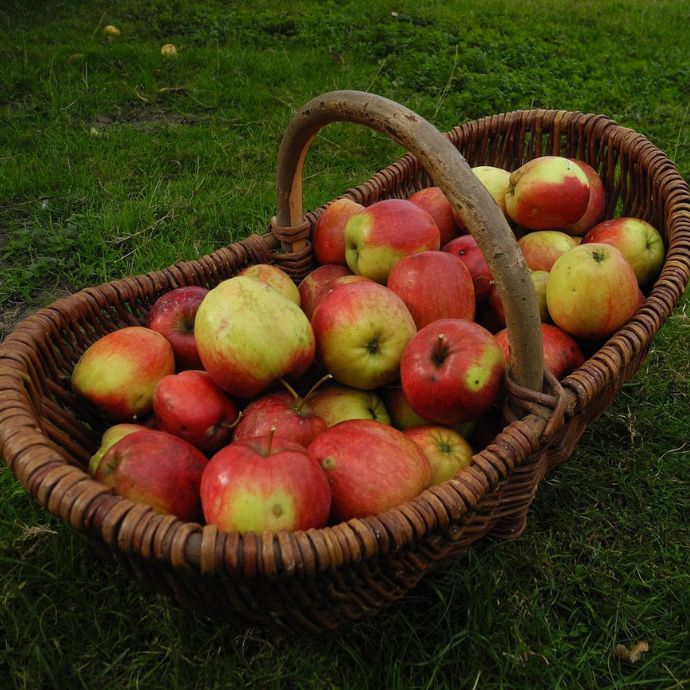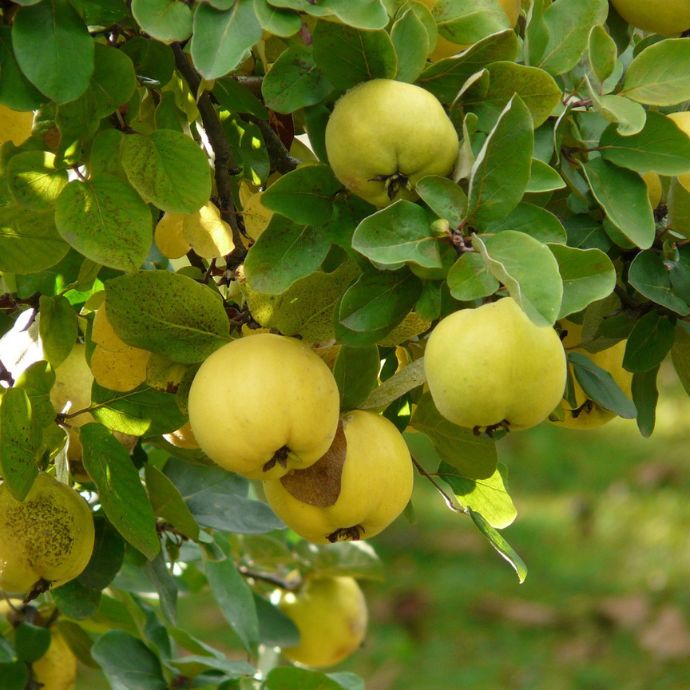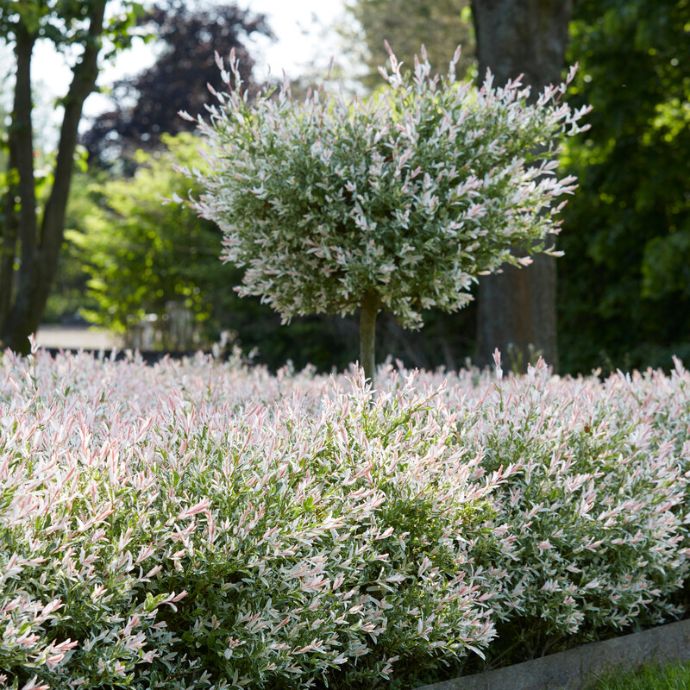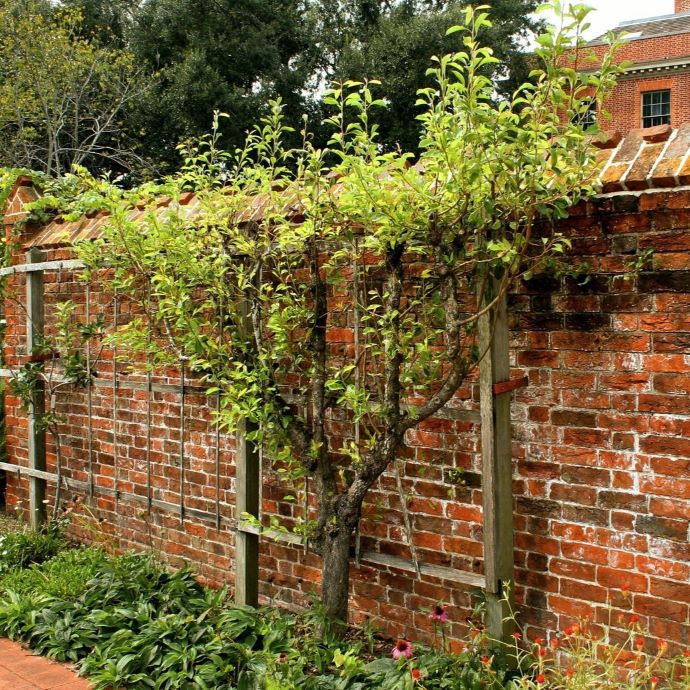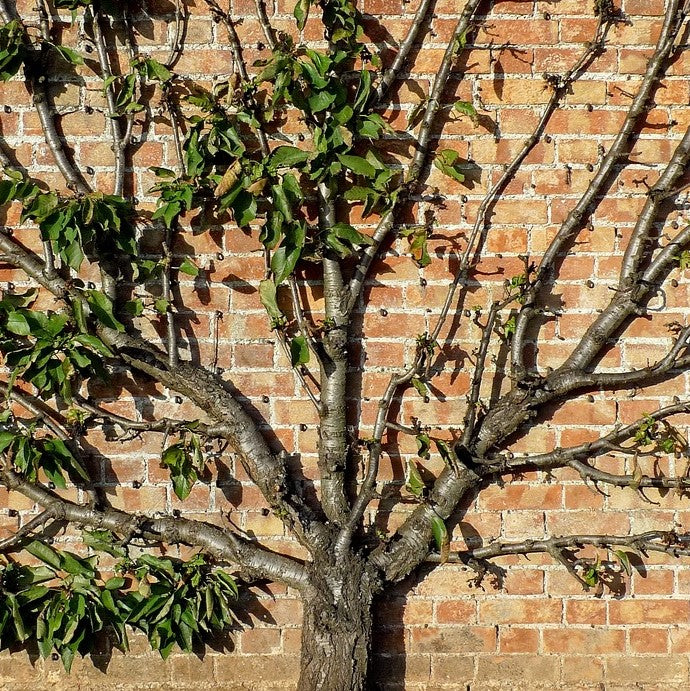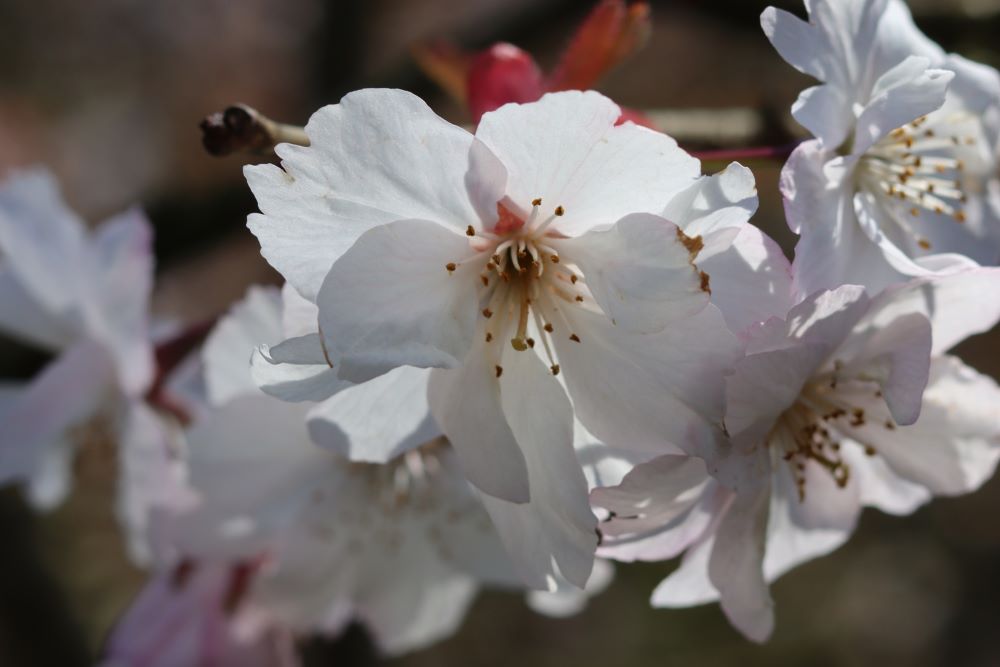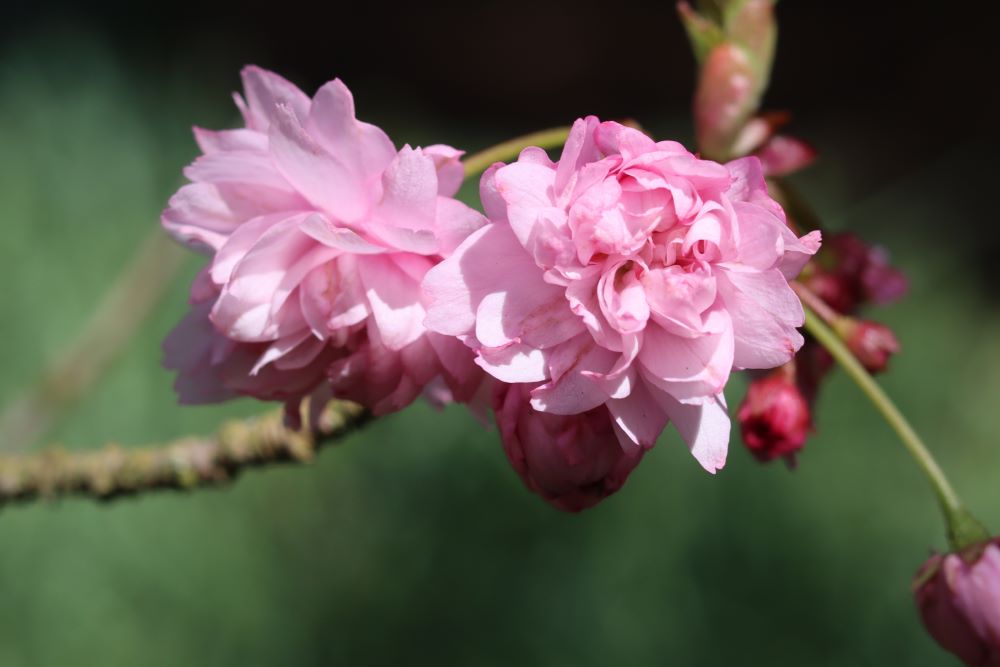Advice & Inspiration
Durham University Botanic Garden - April Garden of the Month
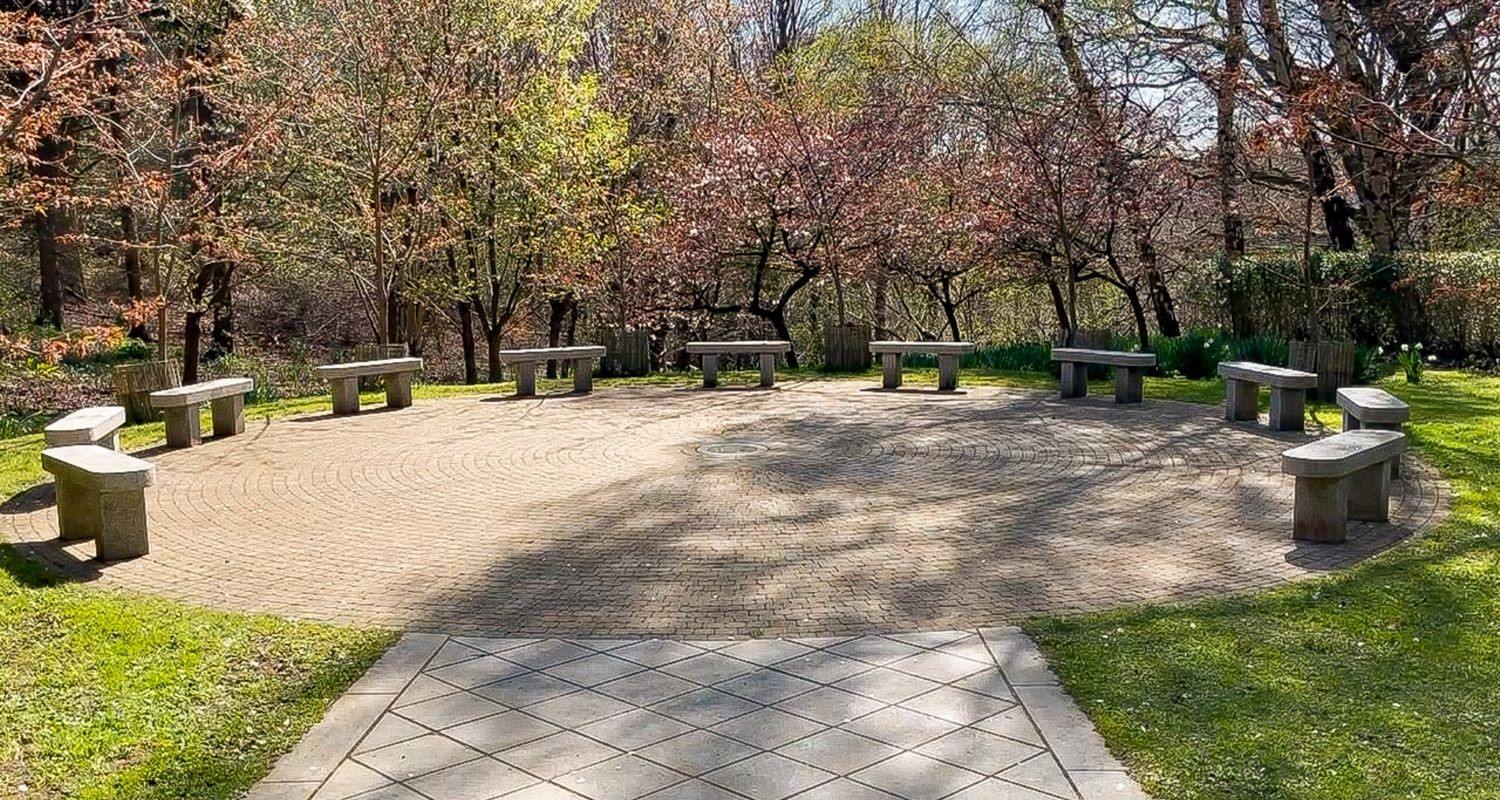
Looking for planting inspiration to make your garden shine all year round? Every month we visit a garden which we think has nailed the best trends of the season, then report back with tips on which plants to use and how to recreate the look. April’s pick is Durham University’s Botanic Garden, where natural environments are key and there’s a blossoming Japanese connection!
The Durham Botanic Garden has transformed completely from its beginnings as a small research space at the university’s Department of Biological Sciences. It now welcomes 100,000 visitors per year and shows no signs of resting on its laurels (sorry!). Recent additions include an expansive wild flower meadow and future plans include planting the greenhouses with food and host plants to encourage rare butterfly species. We went behind the scenes with Garden Manager Peter Thomson to see what’s happening in the garden this month.
Highlights
The Sakura Friendship Garden
My favourite part of Durham Botanic Garden is the Sakura Friendship Garden, a wonderfully zen space consisting of a circle of granite benches under twelve towering cherry blossom (sakura) trees. This stunning space is approached via a path through groves of more cherry blossoms - including the Great White Tai-Haku which was in full flower when we visited, Tibetan Cherries with their stunning peeling bark and naturalistically planted drifts of daffodils, each group of a different variety.
I visit the Sakura Friendship Garden every year and always seem to come away feeling refreshed and relaxed. As the trees mature, the intention is that they’ll form a domed canopy over the circle, where you can sit and contemplate nature under showers of falling petals. Peek beneath the blossom-laden branches and you’ll see a stone lantern from Kyoto, symbolising peace and harmony.
Many of the cherry blossoms are the original fifty seven that were planted in 1998 to commemorate the visit of the Japanese ambassador and the university’s partnerships with Japanese universities. If, like me, you love all things Japan, check out the impressive collection of Edo and Meiji period woodblock prints in the university’s Oriental Museum - it’s just down the road.
Amazing/unusual/deadly plants
We were lucky enough to get a tour of the garden’s greenhouses, where rows and rows of lush looking young Coleus, Lantana and more were waiting to become part of the garden’s displays. Even more fascinating were the carnivorous plants - including the terrifying (if you’re a fly) pitcher plant and sticky drosera. Peter introduced us to the sensitive plant, Mimosa pudica, which plays dead by closing up when you touch it, and the world’s smallest flower, Wolffia, which you can only see flowering under a microscope. They also have a Titan arum (corpse flower) which only blooms once every 7-10 years and is approaching that age. Watch this space!
Woodland garden
Durham’s woodland garden differs from other woodland gardens I’ve visited. The mature camellias and clumps of curled fern fronds in the cool shady glade are truly impressive, as is the natural spring that flows through it, but it’s the almost rainforest-like bog planting that stands out, with a grove of prehistoric looking Gunnera manicata looming up in front of you. Peter says that on a hot day, they provide an excellent shelter!
Rewild and wonderful
One of the most impressive sights of the Botanic Garden is the recently developed wildflower meadow, a large expanse of biologically diverse planting that’s the perfect habitat for butterflies, moths and other insects. They’re not the only creatures who love the meadow and its neighbouring woodland - Peter tells us he’s seen barn owls, buzzards and a green woodpecker in the area - and from October to March, the meadow is grazed by rare breed Manx Loghtan and Hebridean sheep. As well as this, the Botanic Garden is taking the lead on a 10-year biodiversity plan for the area and the whole of the garden is a pesticide free zone.

Encouraging butterflies
In a hothouse containing a pond full of Koi carp, orchids confiscated from smugglers by customs and excise and a family of friendly scorpions (yes really!) you might also notice new bamboo structures with young flowering climbers growing up them. This is part of a plan to encourage rare butterfly species to live and breed in the garden which is in its first stages. Peter explained to us that butterflies need two kinds of plants - the nectar-rich food plants that will attract them to make their homes include passion flower, lemon trees and honeysuckle, while host plants such as grasses and wildflowers are used to lay their eggs and feed their emerging caterpillars.
Get the look
Sakura showtime: get the best seats
Can there be any better place for your garden seating than beneath a flowering cherry tree? You’ll get dappled shade filtering through the blossom, an evocative almond scent and when the petals fall, you’ll be showered with softly swirling eddies of nature’s confetti.
As cherry blossom trees come in all shapes and sizes, you can enjoy sakura season in even the smallest garden. Choose tall and slender Prunus Amanogawa for tight spaces, dwarf Prunus ‘Snow Showers’ for small gardens or pink Prunus Kiku Shidare Zakura for a pot.
Peter’s top tip for growing cherry blossoms: “Soil is key. Cherry blossom trees hate to be waterlogged, so the soil should never feel damp - and you’ll get the best blossom by growing them in direct sunlight out of the way of other tree canopies.”
Our cherry blossom guide will help you pick the perfect variety for your garden.
Go wild!
You don’t need acres of land to plant a wildflower meadow. Even the smallest garden can be turned into a biodiverse haven. You could turn over your lawn (or a strip of it) to rewilding, devote a border to wildflowers or even grow some in pots. Bees, butterflies, insects and birds will soon start to hang out in your garden. To steal a phrase from a multinational capitalist, Every Little Helps…
Inspired to rewild? Do your bit for nature with our wildlife garden ideas.
Butterfly garden
You might not have a tropical house in your back garden (I mean, you might...) but you can still get butterflies flocking to your ‘hood. There are around ten species of butterfly that visit UK gardens, including the peacock, small tortoiseshell and red admiral. Buddleia is known as the Butterfly Bush for good reason - it’s very rich in nectar and will keep our winged friends happy, but lilac, lavender and honeysuckle are also amongst their favourites. You’ll need to provide host plants for their eggs and caterpillars too. Their favourites are stinging nettles, but you might not want to go that far. Don’t worry, grasses, comfrey and trees including willow, hawthorn and oak are also solid choices. Just keep them well away from your brassicas!
Get planting for bees and butterflies with these nectar-rich top plant suggestions.
Woodland garden
It’s easy to create your own woodland garden, especially if you have a dark or damp corner of your garden which is unsuitable for fruit, veg or flower growing due to the lack of sun. The good news here is that the ideal conditions for a woodland garden are damp, waterlogged soil and cool shade - plants such as ferns, brunnera, dicentra and heuchera thrive in it. If you don’t have your own natural spring running through the garden, add a water feature or better still, build a mini pond.

